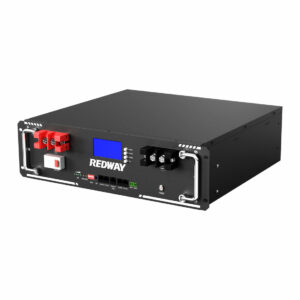What is the disadvantage of BESS?
Battery Energy Storage Systems (BESS) face limitations such as lifespan degradation from frequent charge-discharge cycles, high upfront costs, and efficiency losses during energy conversion. Thermal management challenges and complex maintenance requirements further impact reliability, while recycling complexities raise environmental concerns despite their role in renewable energy integration.
What are the lifespan limitations of BESS?
BESS lifespan is primarily constrained by cycle degradation and depth of discharge (DoD). Lithium-ion cells typically lose 20-30% capacity after 3,000-5,000 cycles at 80% DoD. Pro Tip: Limiting DoD to 60% can double cycle life compared to full-depth cycling.

Every charge-discharge cycle causes incremental electrode wear through lithium plating and SEI layer growth. For example, a BESS supporting daily wind farm output smoothing might degrade 3-5% annually. Transitional factors like ambient temperature exacerbate this—operating at 35°C instead of 25°C accelerates capacity loss by 40%. Why does this matter? Utilities must budget for capacity augmentation every 7-10 years.
| Chemistry | Cycle Life (80% DoD) | Annual Degradation |
|---|---|---|
| LiFePO4 | 4,000-6,000 | 2-3% |
| NMC | 3,000-4,500 | 3-5% |
How do efficiency losses affect BESS performance?
Round-trip efficiency (RTE) gaps of 85-92% in modern BESS create parasitic energy drains. A 100MWh system losing 10% RTE wastes 10MWh per full cycle—equivalent to powering 3,300 homes for a day.
Losses accumulate across four stages: DC-AC inversion (3-5%), battery internal resistance (2-4%), thermal management (1-3%), and standby consumption (0.5-1%). Imagine a solar farm BESS charging at noon and discharging at peak hours: 8% total loss means 8% fewer sellable kWh. Pro Tip: Oversize capacity by 10-15% to offset efficiency losses over the system’s lifetime.
What makes BESS maintenance challenging?
Cell balancing and thermal gradient management require specialized tools and training. A 1.5V imbalance in a 48V LiFePO4 rack reduces usable capacity by 18%.
Maintenance involves three key tasks: monthly SOC calibration (±2% accuracy), quarterly impedance testing, and annual thermal imaging. For instance, detecting a 5°C hotspot in a battery module might indicate failing busbar connections. Transitionally, these procedures demand 15-30 technician hours monthly for a 20MWh system. Can operators afford this? Many utilities outsource to third parties at $50-75/hour.
| Component | Failure Rate | MTTR* |
|---|---|---|
| BMS | 2.1%/year | 4-8 hrs |
| Cooling Fans | 6.7%/year | 2-3 hrs |
RackBattery Expert Insight
FAQs
Does BESS work in extreme cold?
Below -20°C, lithium batteries risk plating—heating systems consuming 8-12% of stored energy are mandatory. Always specify low-temp BMS for Arctic deployments.
Can old EV batteries be reused in BESS?
Yes, but with 40-60% residual capacity and limited cycle life. Second-life NMC cells typically deliver 1,200-1,800 cycles at 50% DoD.



